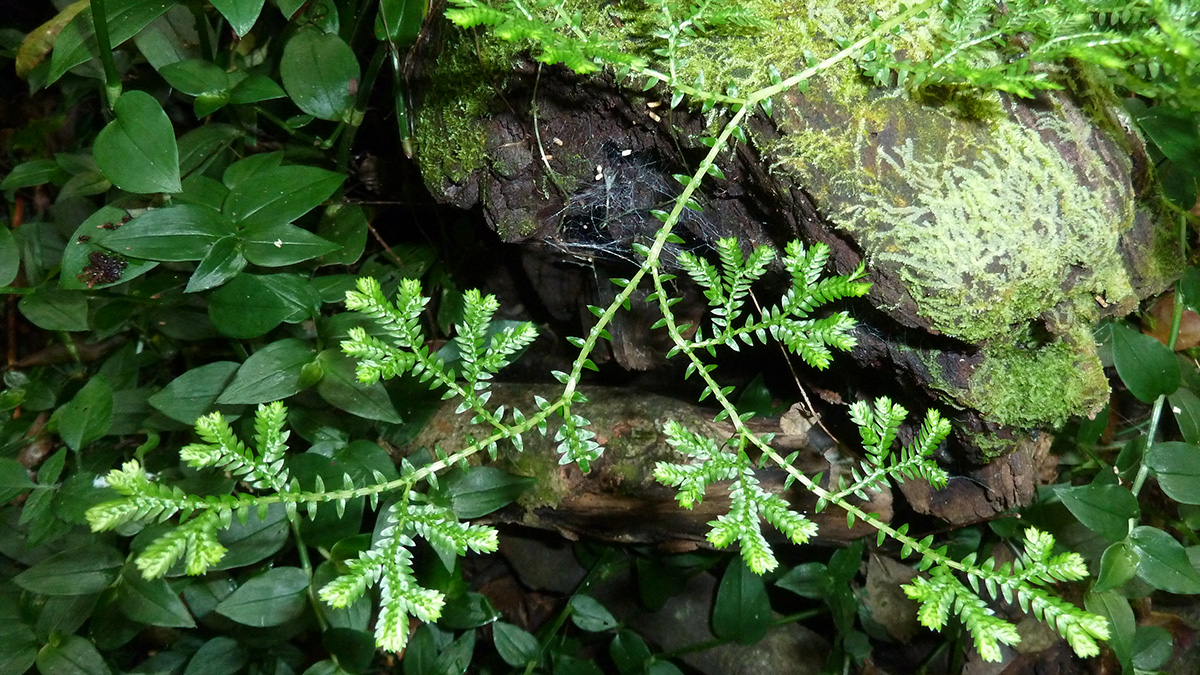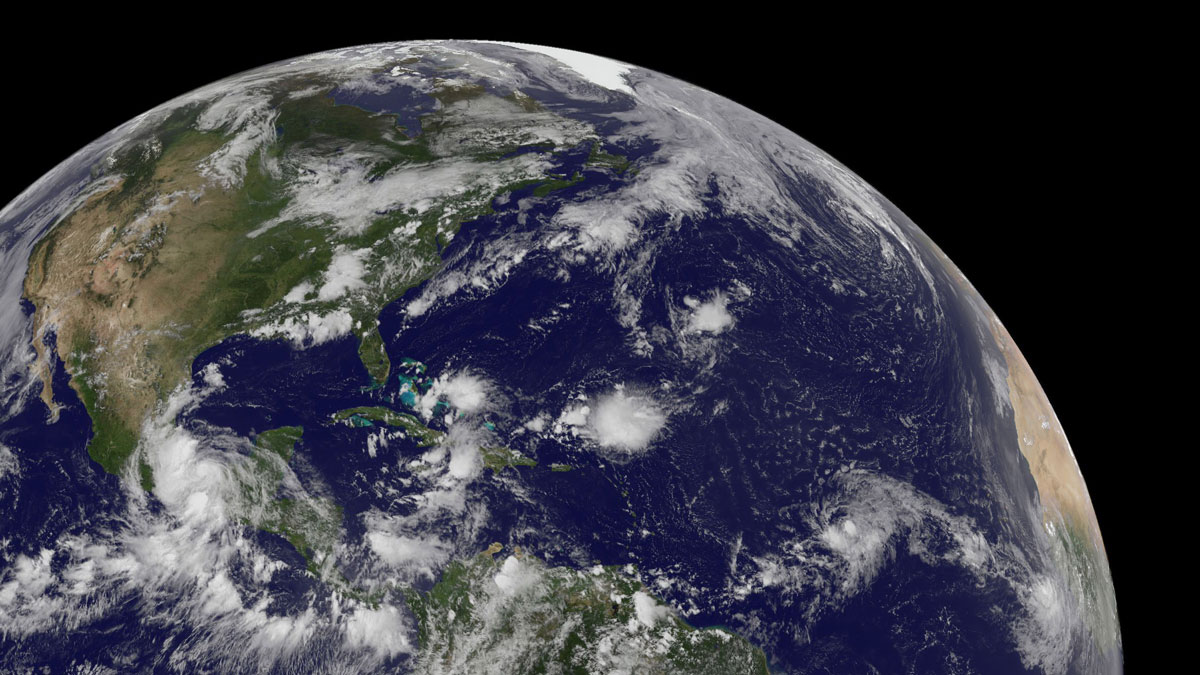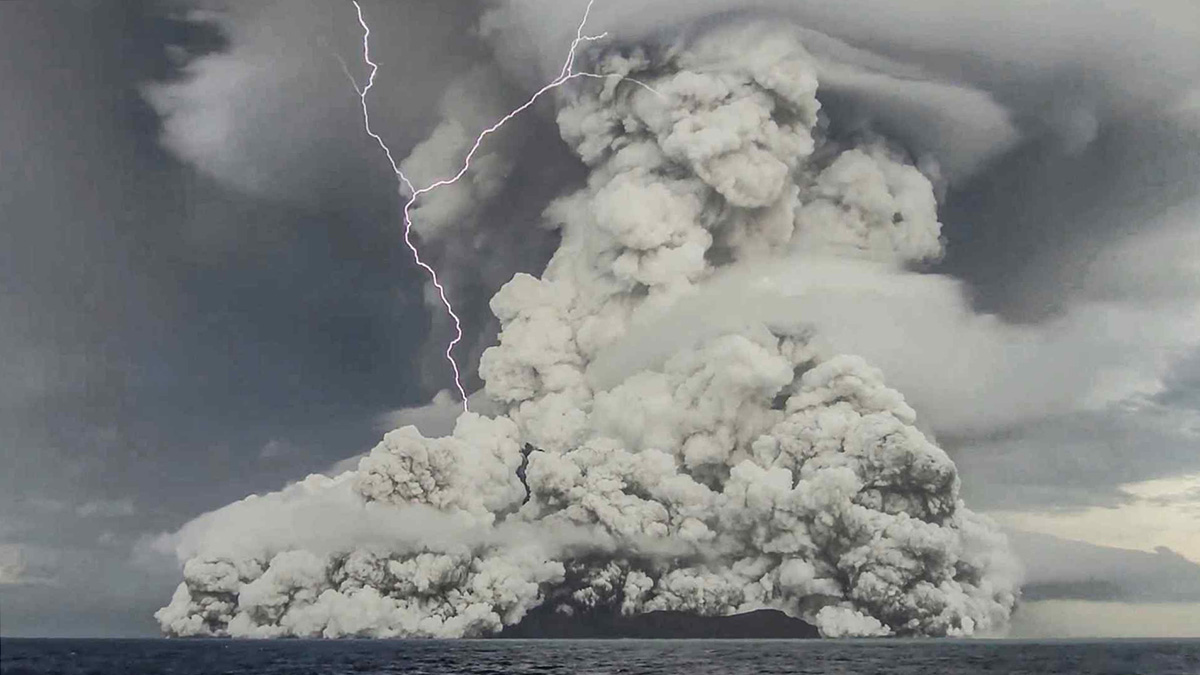一项首开先河的研究表明,同位素分析可以用来确定大气中氯甲烷的源和汇。
Sarah Stanley
Sarah Stanley, a freelance writer for Eos, has a background in environmental microbiology but covers a wide range of science stories for a variety of audiences. She has also written for PLOS, the University of Washington, Kaiser Permanente, Stanford Medicine, Gladstone Institutes, and Cancer Commons, a nonprofit that works with cancer patients.
Plants Leave Chemical Fingerprints on an Ozone-Depleting Gas
A first-of-its-kind study suggests that isotope analysis could be used to pinpoint sources and sinks of atmospheric methyl chloride.
Rougher Faults May Generate More Earthquake Aftershocks
Lab experiments on pieces of granite reflect natural aftershock dynamics and highlight the role of rock roughness along a fault.
How Space Storms Miscue Train Signals
Geomagnetic storms could significantly disrupt electrified train operations in the United Kingdom once every few decades, according to a new study.
Mapping the Fizzy Brines and Fluid-Filled Fractures Below a Volcano
Seismic tools reveal where hydrothermal fluids lie beneath the Uturuncu volcano in Bolivia and hint at their composition.
A New Measure of Roughness Could Advance Earthquake Geophysics
Scientists recently developed an alternative way to measure a rock’s roughness. It might help them understand the physics of faults.
Linking African Winds to Atlantic Storms
Simulations suggest that waves in the atmosphere above northern Africa influence the intensity, timing, and location of formation of Atlantic tropical cyclones.
Enhancing Earthquake Detection from Orbit
A new application of machine learning boosts scientists’ ability to use data from satellite navigation systems to detect and warn of earthquakes.
Monitoreando el agua en la columna eruptiva masiva del volcán de Tonga
La reciente erupción del volcán Hunga Tonga-Hunga Ha’apai arrojó aerosoles de sulfatos y una cantidad nunca antes vista de vapor de agua a la estratosfera.










